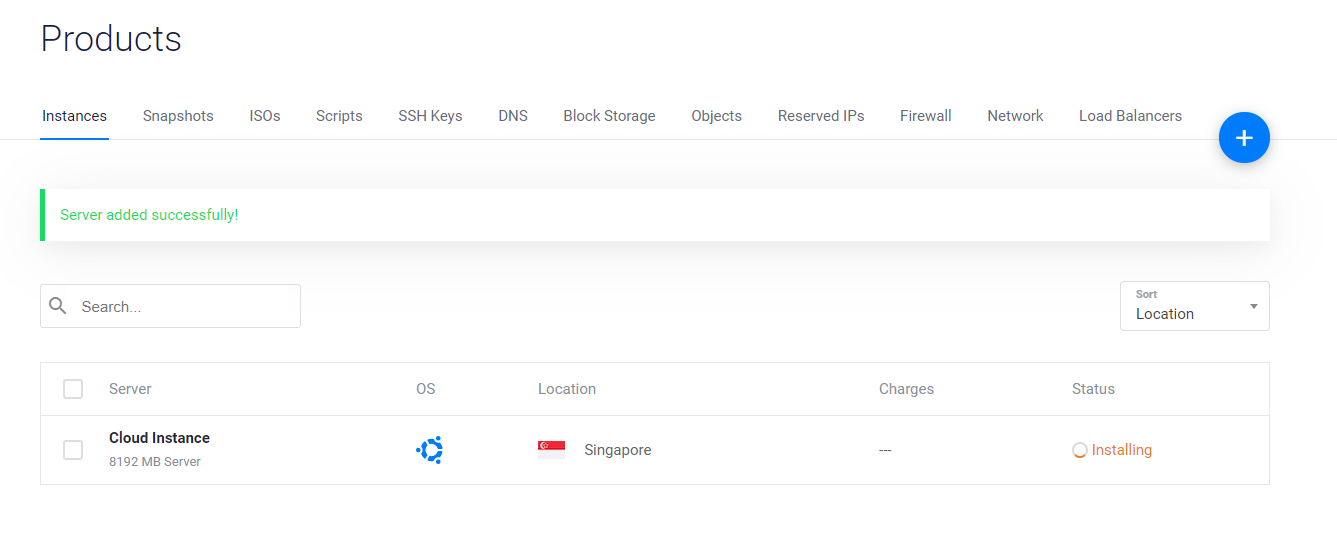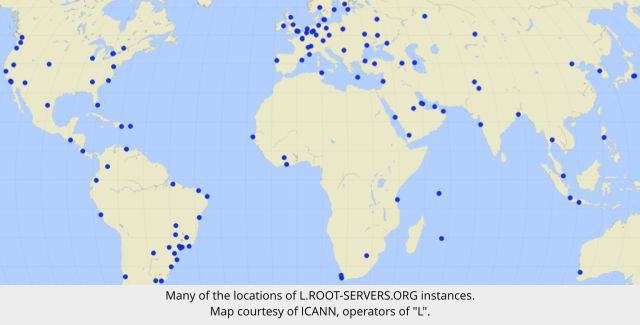
Nginx is a popular, lightweight, and fast web server that can also be used as a reverse proxy, HTTP cache, and load balancer. It is a popular choice for many companies, including Autodesk, Atlassian, Intuit, T-Mobile, GitLab, DuckDuckGo, Microsoft, Google, Adobe, Salesforce, VMWare, Xerox, LinkedIn, Cisco, Facebook, Target, Citrix Systems, Twitter, and Apple.
Config nginx reverse proxy
NGINX is an open source web server that can be configured as a reverse proxy for HTTP and other protocols, including those that run on non-HTTP servers, such as SCGI, uwsgi, and memcached. It has the ability to modify request headers as well as fine-tuned response buffering, which can help improve performance.
This tutorial will show you how to easily set up NGINX's proxy configuration. Nginx proxy configuration consists of different directives. You can modify client requests to proxy servers and also buffer responses.

Configure Nginx As A Reverse Proxy
To set up an reverse proxy, configure the directive proxy_pass. It defines how Nginx must handle requests. Nginx has a variety of different options that you can use to configure the proxy_pass directive.
You can send all requests to one server, or to an entire group of servers named in the directive proxy_pass. You can send all incoming request to a dedicated server which is only set up to deal with one kind of request.
Nginx reverse proxy: How to use it
In order to configure a reverse proxy using Nginx, you must first define the rewrite rule for the proxy_pass directive. Then you need to add an address to every rule. The addresses represent the IP addresses that your clients will use to send requests.
The proxy_header directive can be added to the configuration file to allow you to specify custom headers that will pass to proxy servers. The header will appear in the response returned to the client.

Nginx defaults to removing empty headers from proxied client requests and redefining two header fields: Host & Connection. The $proxy_host field is used as the Host, while Connection is set at close.
This is the most common way to configure Nginx for reverse proxy. If you want to change your proxy_pass settings, it is better to use a request header.
Set up a Reverse proxy on Ubuntu
Installing the Nginx packages from the official Nginx repo is the best way to configure a Nginx Reverse Proxy on Ubuntu. The latest version is more likely to be free of bugs and issues.
FAQ
What is a "static website"?
A static website is a site where all content are stored on a server, and visitors can access it via web browsers.
The term "static” refers the fact that there is no dynamic feature such as changing images or video, animations etc.
This site was originally designed for intranets. However, it has been adopted by small businesses and individuals who need simple websites with no custom programming.
Because they are less maintenance-intensive, static sites have gained popularity. It's easier to update and maintain static sites than a website that has many components (such blogs).
They load also faster than their dynamic counterparts. They are great for people who use mobile devices and have slow Internet connections.
Also, static websites are more secure that dynamic counterparts. There's nothing to hack into a static website. Hackers can only access the data contained in a database.
There are two main ways to create a static website:
-
Utilizing a Content Management System.
-
Creating a Static HTML Website
The best one for you will depend on your specific needs. A CMS is a good choice if you are new to website creation.
Why? Because it gives you complete control over your website. A CMS means that you don't have to hire someone to set up your website. Upload files directly to the CMS.
You can still learn code and create static sites. You will need to spend some time learning to program.
What is Website Design Software?
Software for designing websites is used by photographers, illustrators and writers.
There are two main types: cloud-based or desktop software. Desktop apps are installed locally on your computer and require you to install additional software on your computer. Cloud-based solutions are hosted remotely on the internet and require no additional software on your computer, making them ideal for mobile users.
Desktop Applications
Although desktop apps offer more features than cloud-based applications, they are not always required. Some people prefer to work exclusively from a desktop app because they find it more convenient. Some people prefer to use the same tool, regardless of whether it is on a phone or a laptop.
Cloud-Based Solutions
Cloud-based services are the best choice for web developers who want to save both time and money. These services allow you to edit any type of document from anywhere that has an internet connection. This allows you to use your tablet while waiting for your coffee maker to brew.
You will still need to buy a license if you choose to use a cloud-based program. However, you won't need additional licenses when upgrading to a newer version.
These programs are available for web page creation if you have Photoshop or InDesign, Illustrator, and other Adobe products.
Where can you find freelance web developers?
There are many places you can find freelance web designers or developers. These are some of the best choices:
Freelance Sites
These sites offer job listings for freelance professionals. Some sites have very specific requirements while others do not care about what kind of work you do.
Elance, for example, offers high-quality jobs as programmers, graphic designers, translators and editors, project managers and many other positions.
oDesk offers similar features but focuses on software development. They offer jobs in PHP, Perl, Java, C++, Python, JavaScript, Ruby, iOS, Android, and.NET developers.
Another option is oWOW. Their site is focused on web and graphic designers. They offer many services, including video editing, programming, SEO, and social media marketing.
Forums online
Many forums allow members of the community to post jobs or advertise their services. DeviantArt is an example of a forum that's dedicated to web developers. If you type in "webdeveloper" into the search bar, you'll see a list containing threads from people looking to assist them with their sites.
Can I create my own website with HTML & CSS?
Yes, you can! It is possible with basic knowledge of web design, programming languages like HTML (Hyper Text Markup Language), CSS (Cascading style Sheets), and HTML (Hyper Text Markup Language). These languages enable you to create websites that are accessible to anyone with an internet connection.
How Much Does It Cost to Make An Ecommerce Site?
This depends on your platform and whether you hire a freelancer or go through a service provider. The average eCommerce site starts at $1,000.
Once you have chosen a platform, expect to pay between $500 and $10,000.
You won't spend more than $5,000 if you are using a template. This includes any customizing you do to your brand.
Statistics
- Studies show that 77% of satisfied customers will recommend your business or service to a friend after having a positive experience. (wix.com)
- It's estimated that in 2022, over 2.14 billion people will purchase goods and services online. (wix.com)
- Is your web design optimized for mobile? Over 50% of internet users browse websites using a mobile device. (wix.com)
- Did you know videos can boost organic search traffic to your website by 157%? (wix.com)
- The average website user will read about 20% of the text on any given page, so it's crucial to entice them with an appropriate vibe. (websitebuilderexpert.com)
External Links
How To
What is website Hosting?
Website hosting is the location where people go when they visit websites. There are two types:
-
Shared hosting – This is the most affordable option. Your website files reside on a server controlled by someone else. Customers visit your website and send their requests over the Internet to this server. You then receive the request from the owner of the server.
-
Dedicated Hosting - This option is the most costly. Your website is located on only one server. Your traffic stays private as no other websites can share the same server.
Shared hosting is preferred by most businesses because it's cheaper than dedicated hosting. Shared hosting allows you to have your website run by the company who owns the server.
However, both have their advantages and disadvantages. Here are the differences:
Pros of Shared Hosting
-
Lower Cost
-
Easy to Setup
-
Frequent Updates
-
It can be found at many web hosting providers
Shared hosting is often as cheap as $10 per month. But keep in mind that this price usually includes bandwidth. Bandwidth refers to the amount of data you can transfer across the Internet. So even if you only upload photos to your blog, you may still pay extra money for high amounts of data transferred through your account.
Once you begin, you will soon see why you spent so much on your previous host. Most shared hosts don't offer any customer support. You'll be on your way after they walk you through setting it up.
It is important to find a provider that provides 24-hour support. They will take care of any issues while you sleep.
Cons of dedicated hosting
-
More Expensive
-
Less Common
-
Requires Special Skills
With dedicated hosting, you get everything you need to run your website. You won't have worry about whether your website is using enough bandwidth, or whether it has enough RAM (random-access memory).
This means you'll have to spend more upfront. But once your online business starts, you'll realize you don't need any technical assistance. You'll soon be an expert at managing servers.
So Which Is Better For My Business?
The answer depends on what kind of website you want to create. Shared hosting is best for those who only need to sell products. It's easy to set up and maintain. It's easy to set up and maintain, as you share a server with other sites. You will likely be updated frequently.
If you want to create a community around a brand, dedicated hosting may be the best choice. You can focus on building your brand without worrying about handling your traffic.
Bluehost.com is the best web host for both. They offer unlimited data transfers per month, 24/7 support and free domain registration.